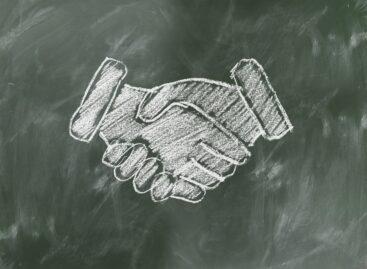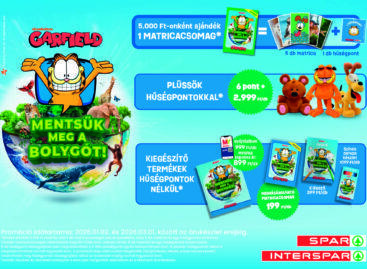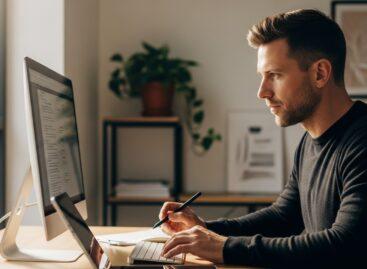Magazine: KPMG: Promotional leaflets are the most useful – for the time being
More and more information is available to shoppers for deciding where to do their shopping. Most of them still opt for traditional shops, but the good old retail channels mustn’t forget about investing in development if they wish to retain their positions vis-à-vis their digital competitors. This is how KPMG’s ‘Trends in retail until 2025’ study starts. There were more than 1,000 respondents in the representative survey. One of the key findings was that a growing number of consumers demand a seamless shopping experience. In Germany the value of online retail sales is forecasted to be EUR 578 billion this year, 8.5 percent more than last year.
The study says that the future will be digital, but it can’t be told at the moment how big digital’s share is going to be in communication and in various sales channels. It is emphasised in the report that retail mustn’t forget about two things if it wants to cope with the challenges of the future successfully: 1. Shoppers, with their transformed consumption habits and needs. 2. The priority of being economical, no matter how strong the driving force of digital innovation is in the field if marketing.
It is a key moment when the consumer decides where to gather information. Middle-aged and older consumers tend to choose newspapers and promotion leaflets, but experts say that by 2025 the majority of people will go online for such information. When creating their marketing mix, retailers must consider both consumption habits and purchasing power – some shoppers are forced to economise and prices matter to them the most, while others are interested in new products and become curious about a product or brand thanks to an objective blog post only.
Another important trend is that big and complex sets of data have a growing influence on marketing. Companies such as Google, Apple, Facebook and Amazon (GAFA) built their business model on this growing volume of data. They can be successful due to their data analytics work, based on which tailor-made solutions are developed for customers, together with communication forms that can put pressure on the marketing practices of retail trade.
The study makes it clear that we shouldn’t stop using already operating systems. If the role of advertising is to support sales, then offers must reach customers, motivating them for buying. When done successfully, the costs of advertising will return. Technological development entails frequent changes in consumption habits, but at the same time it also makes it possible for grocery retailers to come up with more and more efficient marketing and communication strategies. At the moment it is the money retailers spend on promotional leaflets that generate the biggest returns. They motivate for buying and they reach a lot of people. //
Related news
Company Trend 2025 – domestic businesses under strong pressure, in a negative trend
🎧 Hallgasd a cikket: Lejátszás Szünet Folytatás Leállítás Nyelv: Auto…
Read more >Garfield stars again: stickers, album, brand new plushies and accessories in SPAR’s loyalty promotion
🎧 Hallgasd a cikket: Lejátszás Szünet Folytatás Leállítás Nyelv: Auto…
Read more >The 8% Rule: How to Stay Visible in AI-Driven Search Engines
🎧 Hallgasd a cikket: Lejátszás Szünet Folytatás Leállítás Nyelv: Auto…
Read more >Related news
KSH: industrial producer prices in November 2025 were on average 2.7 percent lower than a year earlier and 0.3 percent lower than the previous month’s prices
🎧 Hallgasd a cikket: Lejátszás Szünet Folytatás Leállítás Nyelv: Auto…
Read more >Employment at 4.5-year low
🎧 Hallgasd a cikket: Lejátszás Szünet Folytatás Leállítás Nyelv: Auto…
Read more >This is how we eat honey in 2026
🎧 Hallgasd a cikket: Lejátszás Szünet Folytatás Leállítás Nyelv: Auto…
Read more >







